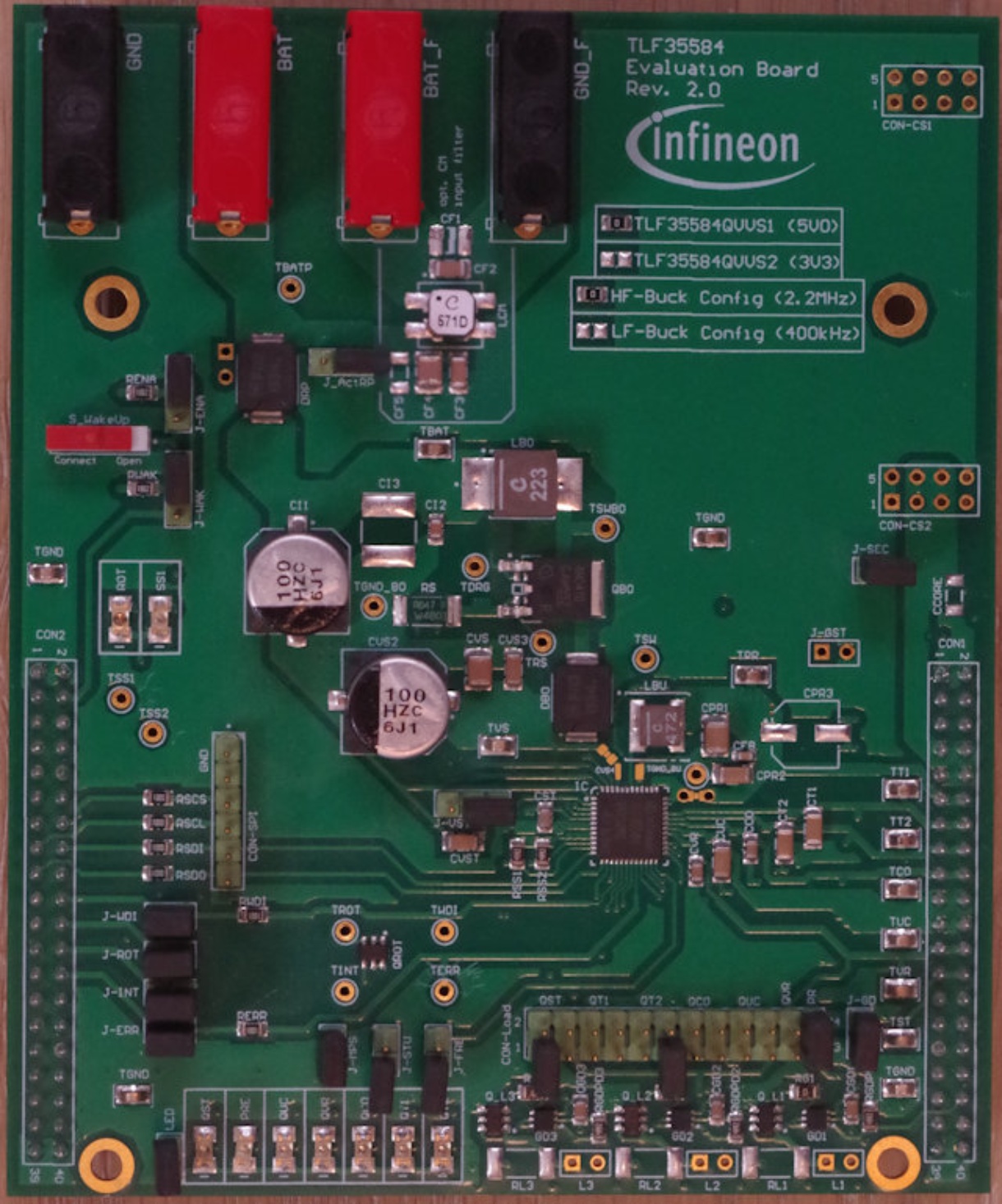- Li-ion Battery Overview
- Battery Industry Overview
- Battery Day Overview
- Battery Overview On Taskbar
- Battery Storage Overview
Under certain conditions, some battery chemistries are at risk of thermal runaway, leading to cell rupture or combustion. As thermal runaway is determined not only by cell chemistry but also cell size, cell design and charge, only the worst-case values are reflected here. Assault and battery exists in both the tort law context and the criminal law context. Respectively, 'assault' and 'battery' are separate offenses.However, they often occur together, and that occurrence is referred to as 'assault and battery.' Although the statutes defining battery will vary by jurisdiction, a typical definition for battery is the intentional offensive or harmful touching of another person without their consent. Under this general definition, a battery offense requires all of the following. Battery Overview Fronius Hybrid Inverters are compatible with batteries of leading manufacturers and thus provides competitively priced storage solutions for quality- and cost-conscious system owners. Battery settings overview.; 2 minutes to read; w; k; a; j; In this article. Settings in this subgroup control the customization of battery actions and thresholds.
Overview
Assault and battery exists in both the tort law context and the criminal law context.
Respectively, 'assault' and 'battery' are separate offenses. However, they often occur together, and that occurrence is referred to as 'assault and battery.'

In an act of physical violence by one person against another, 'assault' is usually paired with battery. In an act of physical violence, assault refers to the act which causes the victim to apprehend imminent physical harm, while battery refers to the actual act causing the physical harm.
Criminal Law
Criminal law statutes will sometimes merge the two terms of 'assault' and 'battery' into the one crime of 'assault.'
Tort Law
In tort law, the act of assault and battery would be considered an intentional tort.
Further Reading
For more on assault & battery, see this Loyola Law School Law Review article, this ABA article, and this William & Mary Journal of Women and the Law article.
- wex
Li-ion Battery Overview
Lithium Based batteries are quickly becoming a reasonable replacement for the 150 year old technology of Lead-Acid batteries
In applications where weight is a consideration, Lithium batteries are among the lightest options available. In recent years Lithium has become available in several chemistries; Lithium-Ion, Lithium Iron Phosphate, Lithium Polymer and a few more exotic variations.

Battery Industry Overview
LiFePO4 (also known as Lithium Iron Phosphate) batteries are a huge improvement over lead acid in weight, capacity and shelf life. The LiFePO4 batteries are the safest type of Lithium batteries as they will not overheat, and even if punctured they will not catch on fire. The cathode material in LiFePO4 batteries is not hazardous, and so poses no negative health hazards or environmental hazards. Due to the oxygen being bonded tightly to the molecule, there is no danger of the battery erupting into flames like there is with Lithium-Ion. The chemistry is so stable that LiFePO4 batteries will accept a charge from a lead-acid configured battery charger. Though less energy-dense than the Lithium-Ion and Lithium Polymer, Iron and Phosphate are abundant and cheaper to extract so costs are much more reasonable. LiFePO4 life expectancy is approximately 5-7 years.
Battery Day Overview

Lithium-Ion batteries and Lithium Polymer batteries are the most energy dense of the Lithium batteries, but they are lacking in safety. The most common type of Lithium-Ion is LiCoO2, or Lithium Cobalt Oxide. In this chemistry, the oxygen is not strongly bonded to the cobalt, so when the battery heats up, such as in rapid charging or discharging, or just heavy use, the battery can catch fire. This could be especially disastrous in high pressure environments such as airplanes, or in large applications such as electric vehicles. To help counteract this problem, devices that use Lithium-Ion and Lithium Polymer batteries are required to have extremely sensitive and often expensive electronics to monitor them. While Lithium Ion batteries have an intrinsically high energy density, after one year of use the capacity of the Lithium Ion will have fallen so much that the LiFePO4 will have the same energy density, and after two years LiFePO4 will have significantly greater energy density. Another disadvantage of these types is that Cobalt can be hazardous, raising both health concerns and environmental disposal costs. The projected life of a Lithium-Ion battery is approximately 3 years from production.
Battery Overview On Taskbar

Battery Storage Overview
Lead Acid is a proven technology and can be relatively cheap. Because of this they are still used in the majority of electric vehicle applications and starting applications. Compared to Lead-Acid batteries the only disadvantage of the LiFePO4 batteries is that they really do not perform well below about 0 degrees Celsius. However, since capacity, weight, operating temperatures and CO2 reduction are large factors in many applications, LiFePO4 batteries are quickly becoming an industry standard. Although the initial purchase price of LiFePO4 is higher than lead acid, the longer cycle life can make it a financially sound choice.

